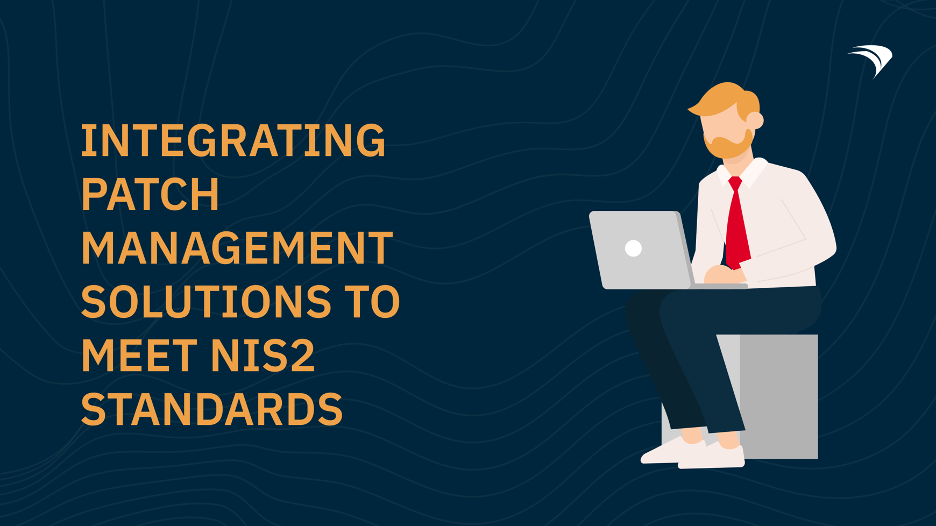The Future of Device Management
In an era where technology is ubiquitous across various sectors, notably in education and enterprise, managing devices effectively is imperative for organizational success. As we embrace a diverse ecosystem of devices, from smartphones to tablets and laptops, a Machine-centric Unified Endpoint Management (UEM) approach emerges as the answer to simplifying this intricate web of technology management.
Understanding Machine-centric UEM
Machine-centric UEM solutions are designed to bridge the gap between different platforms, providing a cohesive management experience. By focusing on devices rather than just users, these solutions enable IT teams to oversee and secure their entire environment seamlessly. This approach not only streamlines IT operations but also enhances security and compliance across a wide array of devices, including Windows PCs, MacOS, iOS, Android, and ChromeOS.
Benefits of Machine-Centric UEM
Organizations that implement Machine-centric UEM solutions can expect the following benefits:
- Centralized Management: UEM provides a unified console for managing all devices, reducing administrative overhead and simplifying operations.
- Improved Security: It ensures that security measures are enforced uniformly across all devices, thus minimizing vulnerabilities.
- Enhanced User Experience: A seamless device experience improves productivity and employee satisfaction, allowing users to access their resources anytime, anywhere.
- Operational Efficiency: Automated tasks such as software deployment, patch management, and compliance reporting free up valuable IT resources.
- Cost-Effectiveness: By reducing the need for multiple management solutions, organizations can lower operational costs while maximizing productivity.
Key Features to Look For
When choosing a UEM solution, consider the following crucial features:
- Cross-Platform Support: Your UEM should be capable of managing various operating systems and device types.
- Automation Capabilities: Look for solutions that automate routine IT tasks, reducing the burden on your IT team.
- Real-Time Monitoring: Insights into device health and security status facilitate proactive management and rapid response to incidents.
- Compliance Management: Ensure that the UEM can help maintain regulatory compliance by managing data protection and security policies.
- Self-Healing Technologies: These features allow systems to automatically fix issues, ensuring downtime is minimized.
Integrating UEM within Your Organization
Integrating a UEM solution does not have to be a daunting task. Here’s a step-by-step guide to help you transition:
- Assessment: Review your current technology landscape and identify gaps in your existing management capabilities.
- Vendor Selection: Research and evaluate UEM vendors that align with your organization’s needs.
- Deployment Planning: Develop a clear deployment strategy that addresses timelines, resources, training, and support.
- Training and Adoption: Conduct training sessions for IT staff and users to familiarize them with the new system and encourage adoption.
- Monitoring Results: Once implemented, continuously monitor the system for performance and compliance, and adapt your strategies as necessary.
Navigating Challenges
While adopting a Machine-centric UEM approach has numerous advantages, organizations may face challenges such as:
- Budget Constraints: Ensure that the UEM solution aligns with your budget while providing the necessary functionalities.
- Change Resistance: Foster a culture of openness to change by communicating the benefits of new solutions to all stakeholders.
- Data Migration: Properly plan for data migration to ensure data integrity and security during the transition.
- Compatibility Issues: Ensure that the chosen UEM integrates well with current infrastructure and workflows.
The Road Ahead
As technology continues to evolve, organizations must remain agile, ready to adapt to new challenges and opportunities. Machine-centric UEM allows for that agility, empowering organizations to manage their devices better and streamline operations.
In conclusion, investing in a Machine-centric UEM solution is not merely a trend but a necessary step towards effective device management in the modern workspace. With Machine-centric UEM, organizations can navigate the complexities of device management, enhance security, improve operational efficiency, and ultimately drive productivity. Ready to revolutionize your device management strategy?





